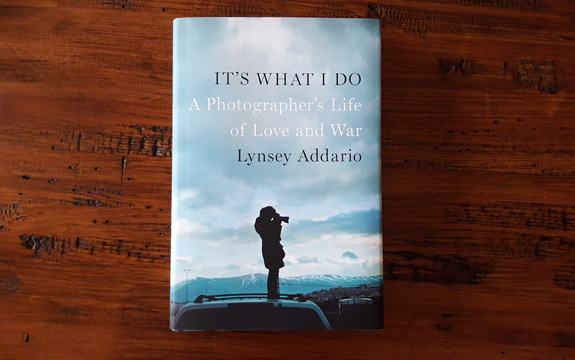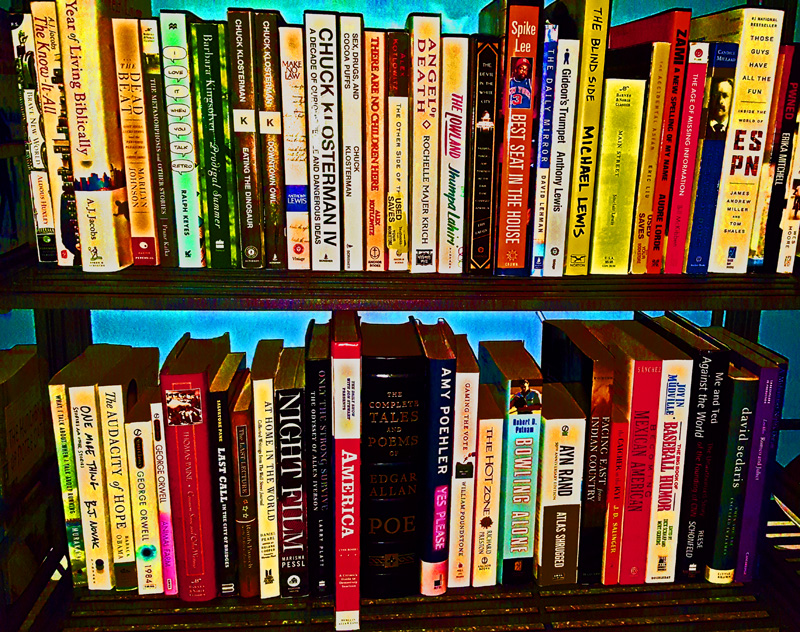If I got kidnapped while doing my job, it would be pretty difficult for me to consider continuing in a position where that could happen again.
Photojournalist Lynsey Addario is wired differently. In her book “It’s What I do,” she describes being kidnapped in Iraq, then feeling the need to keep working in war zones for years before being kidnapped again in Libya.
I have written about many of the same conflicts, but from the comfort of a desk in the U.S. where she would be utterly bored.
“There were several moments when I, too, thought to myself, This is insane. What am I doing?” Addario writes. “But there were other days when I felt that familiar exhilaration, when I thought, I am actually watching an uprising unfold. I am watching these people fighting to death for their freedom. I am documenting the fate of a society that has been oppressed for decades.”
The book features tons of amazing images Addario has shot from around the globe, where in addition to conflicts in Afghanistan, Pakistan, Libya, Iraq and Sudan, she has also done extensive work documenting the humanitarian toll faced by too many people.

The book dramatically lays out what it’s like to be a freelance photographer who is always in a state of waiting for the next call, the next plane, the next country. She candidly talks about how she has tried, and often failed, to balance her work with a social and family life. For Addario, everything started in Afghanistan.
“The period after September 11 gave young photographers who hustled — and who were willing to go to places like Pakistan and Afghanistan and eventually Iraq — an unparalleled opportunity to make a name for themselves. Those weeks in September launched an entire generation of journalists who would come of age during the War on Terror.”
I first learned about her (though I’m sure I saw her work in the New York Times much earlier) from an episode of Radiolab. She recounted a time when she was photographed an American soldier who was gravely wounded in Afghanistan. This is one of those times when I pretty much insist you listen to something:
In the book she talks about an assignment in Iraq where she is able to photograph soldiers injured in Iraq (with their permission). She focuses on the frustrations of sending back what she knew was a powerful and often missing piece of the story of war only to have it brushed away.
“In February 2005 I received an email from my photo editor at Life. She explained regretfully that Life would not publish the essay of injured soldiers coming out of Fallujah, because the images were just too ‘real’ for the American public.”
Excellent, excellent read.
